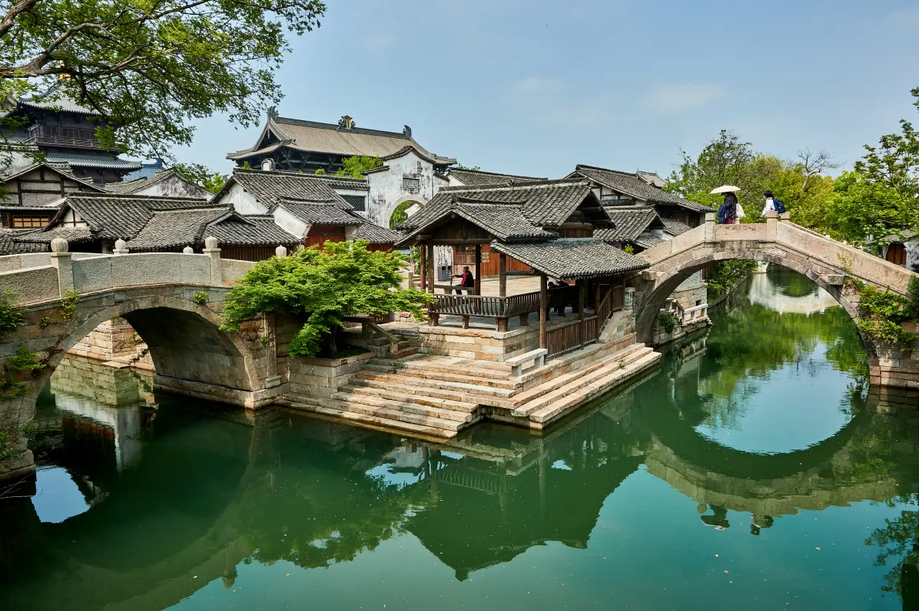Shaoxing, located in North-Central Zhejiang Province, is a city rich in history and culture. Known as the “Museum without Walls,” Shaoxing boasts a 2,500-year history and is home to numerous cultural heritages, including the ancient Yue culture, calligraphy, and the birthplace of famous figures like Lu Xun. The city is renowned for its picturesque water towns, traditional architecture, and scenic spots such as the Lu Xun Native Place, Shen Garden, and East Lake. Shaoxing is also famous for its culinary delights, including Shaoxing yellow wine and stinky tofu. As a hub of cultural tourism, Shaoxing continues to attract visitors with its blend of historical charm and modern vibrancy.
Here are ten must-visit places in Shaoxing, each with a detailed introduction, unique features, travel tips, and transportation guidance:
1. Lu Xun’s Hometown
Introduction: Lu Xun’s Hometown is a historic district in Shaoxing, preserving the childhood home of the famous writer Lu Xun. The area includes his former residence, Baicao Garden, and Sanwei Study Room, offering a glimpse into his early life and the cultural background that influenced his works.
Features: The district features traditional Jiangnan architecture, narrow stone-paved streets, and serene gardens. Key attractions include Lu Xun’s former residence, the Baicao Garden where he played as a child, and the Sanwei Study Room where he studied.
Travel Tips: Allocate at least half a day to explore the area thoroughly. Visit early in the morning to avoid crowds and enjoy a quieter experience.
Transportation: Take bus routes 8 or 88 to reach Lu Xun’s Hometown. Alternatively, taxis and shared bikes are convenient options for getting around the city.
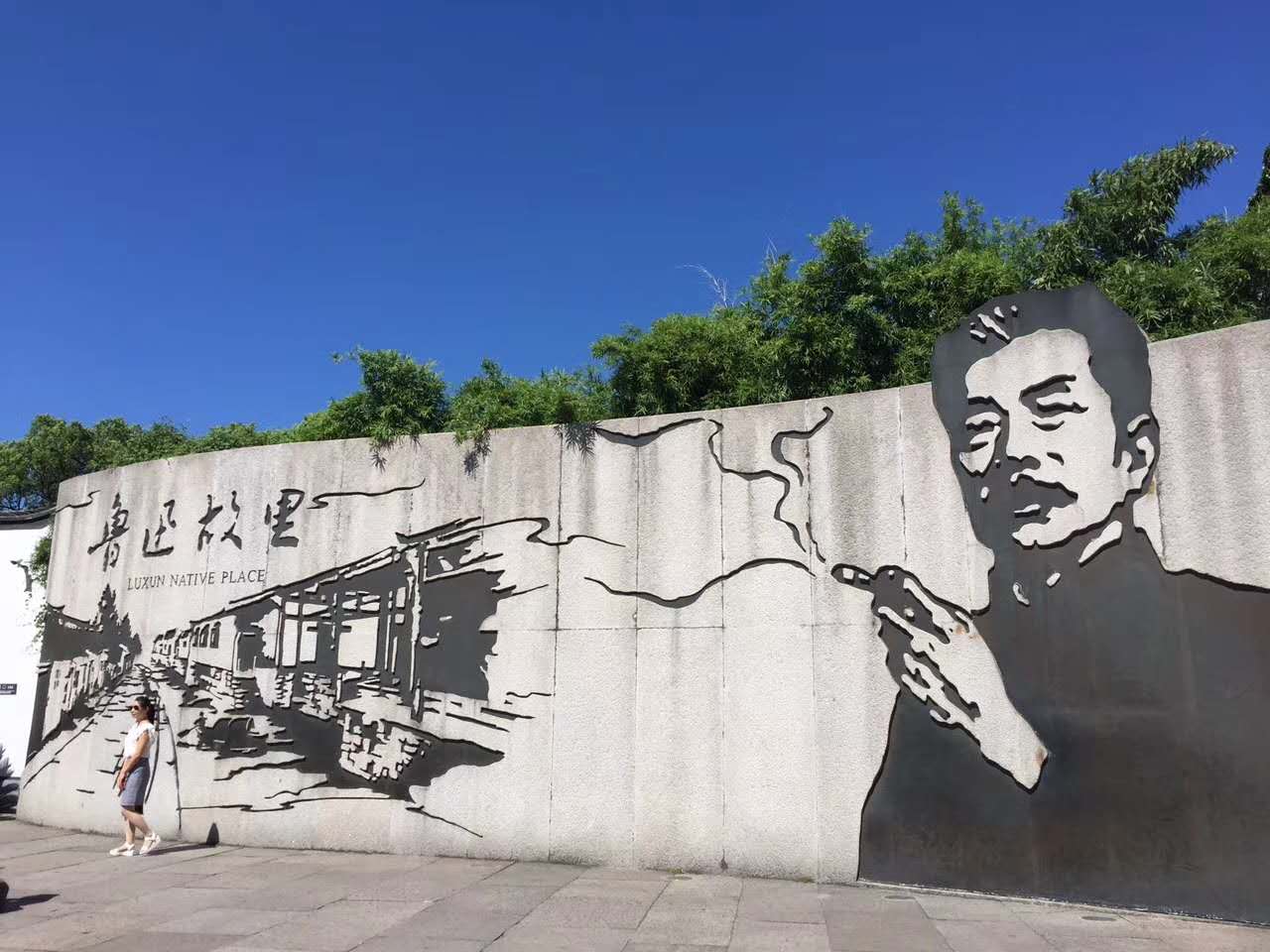
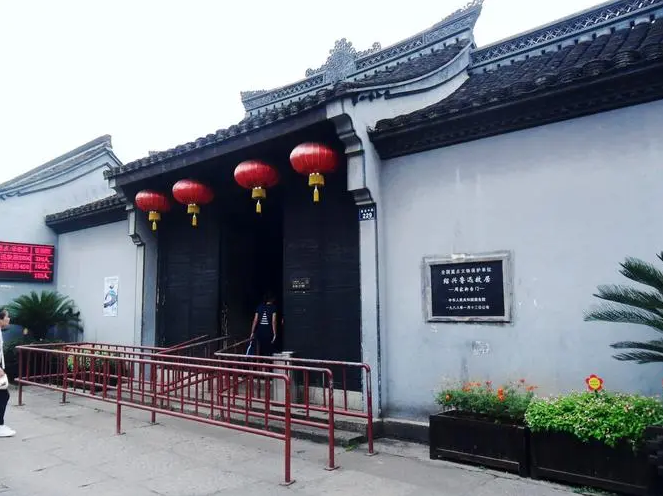
2. Shen Garden
Introduction: Shen Garden is a classical Chinese garden known for its connection to the tragic love story of the Song Dynasty poet Lu You and his lover Tang Wan. The garden is a beautiful blend of natural scenery and historical architecture.
Features: The garden is divided into three main areas: the ancient relics area, the East Garden, and the South Garden. Key attractions include the Broken Bridge, the Pavilion of Solitary Crane, and the Memorial Hall of Lu You.
Travel Tips: Visit during spring or autumn when the garden is at its most beautiful. Take time to read the poems and inscriptions scattered throughout the garden to fully appreciate its historical significance.
Transportation: Shen Garden is accessible by bus routes 2, 3, and 5. Taxis are also a convenient option for reaching the garden.
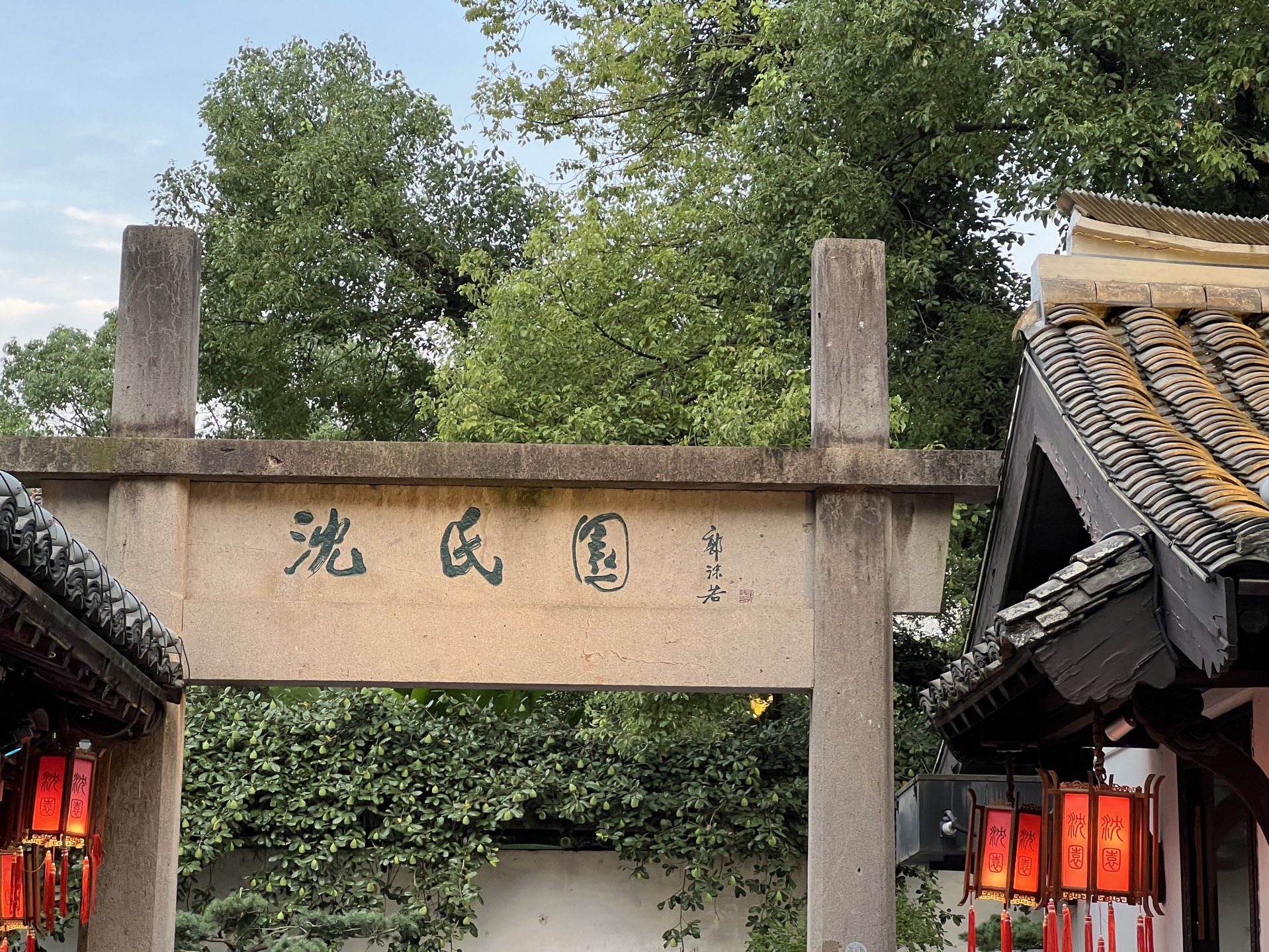
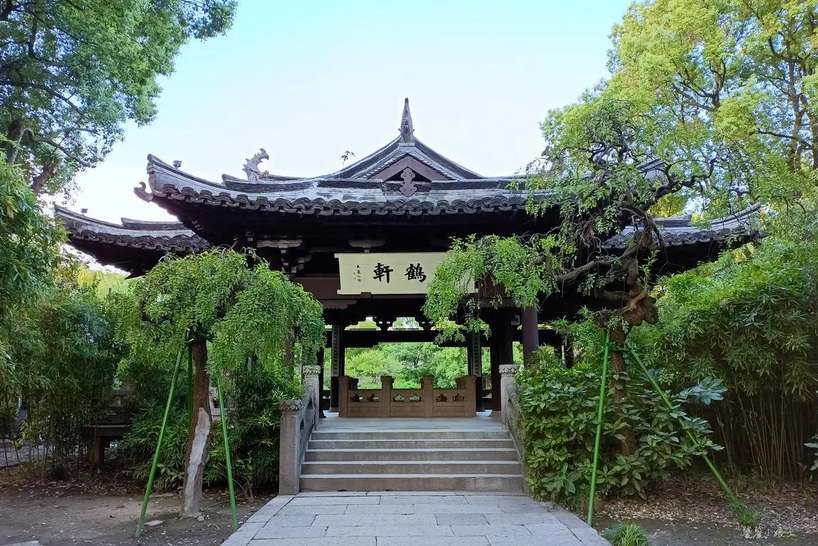
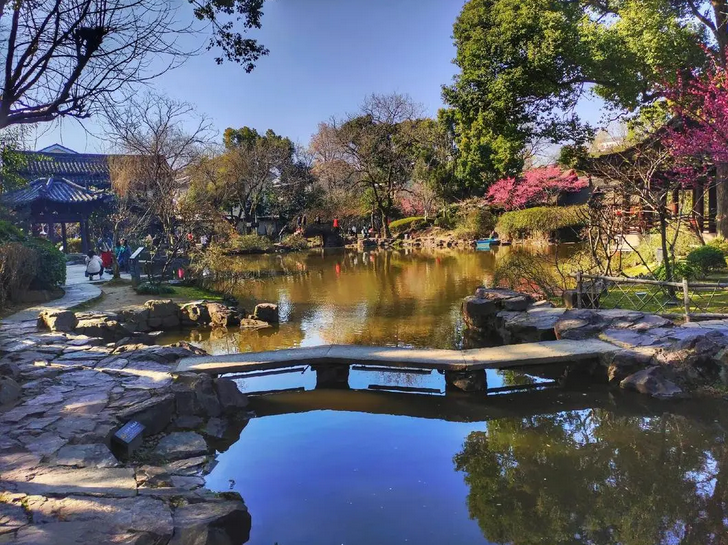
3. East Lake
Introduction: East Lake is a picturesque lake located in the eastern part of Shaoxing. Known as the “Jiangnan Bonsai,” it features stunning natural landscapes and serene waters.
Features: The lake is surrounded by lush greenery, rock formations, and traditional pavilions. Visitors can enjoy boat rides, scenic walks, and the tranquil atmosphere.
Travel Tips: Plan your visit during weekdays to avoid the weekend crowds. Bring a camera to capture the breathtaking scenery.
Transportation: Take bus route 1 to reach East Lake. The lake is also accessible by taxi or shared bike.
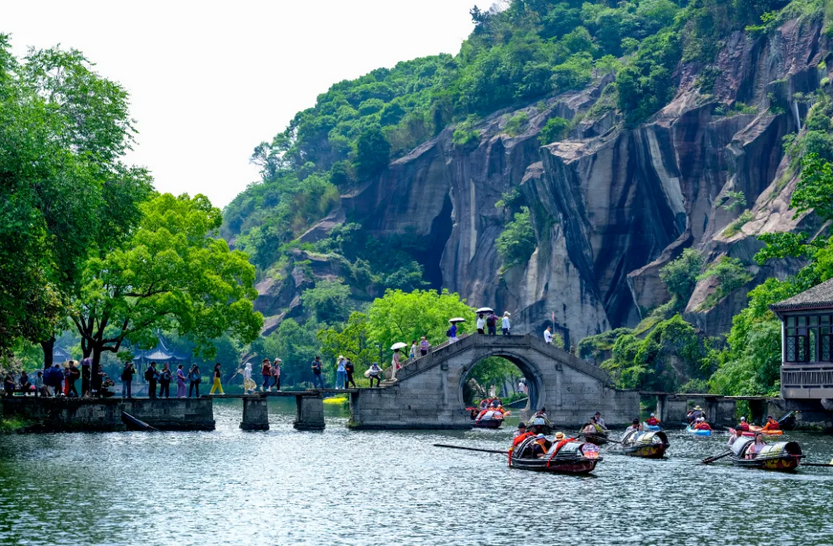
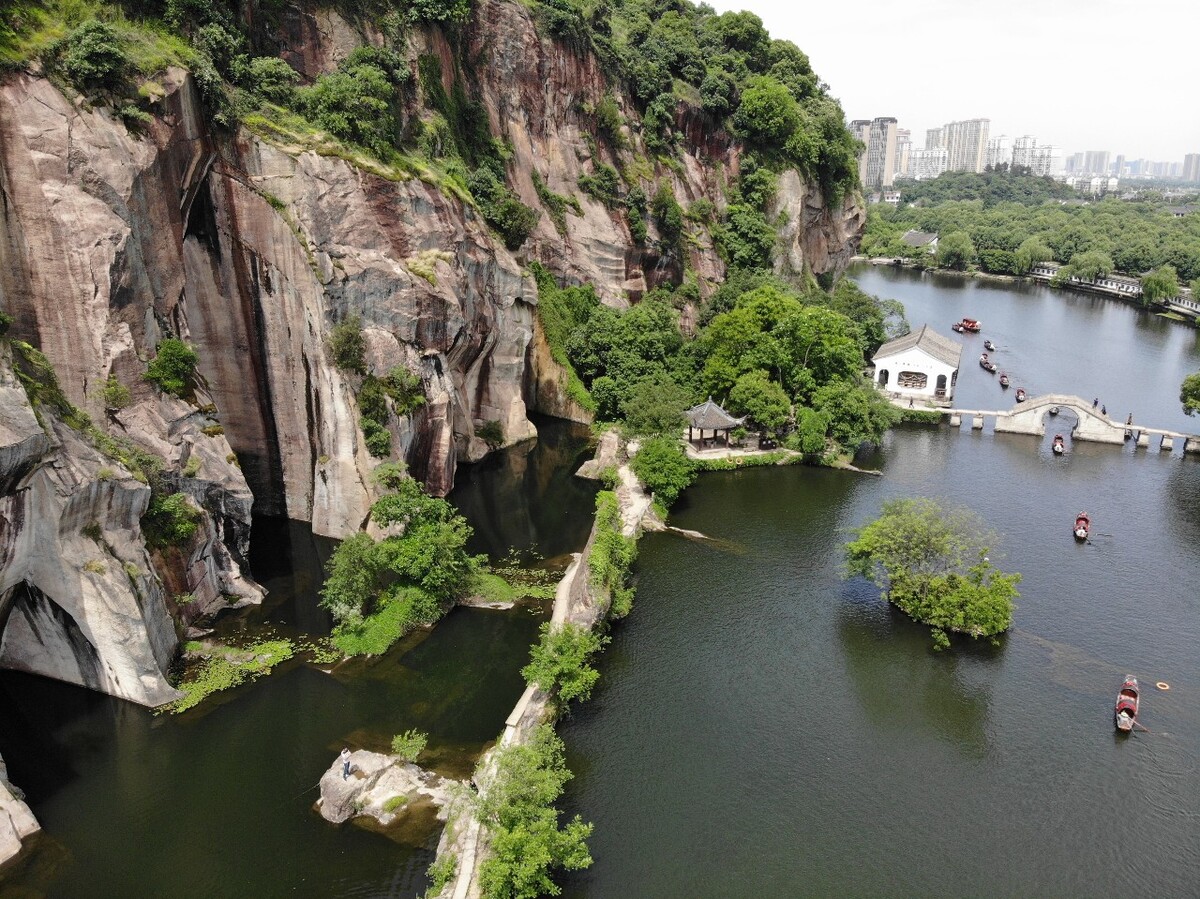
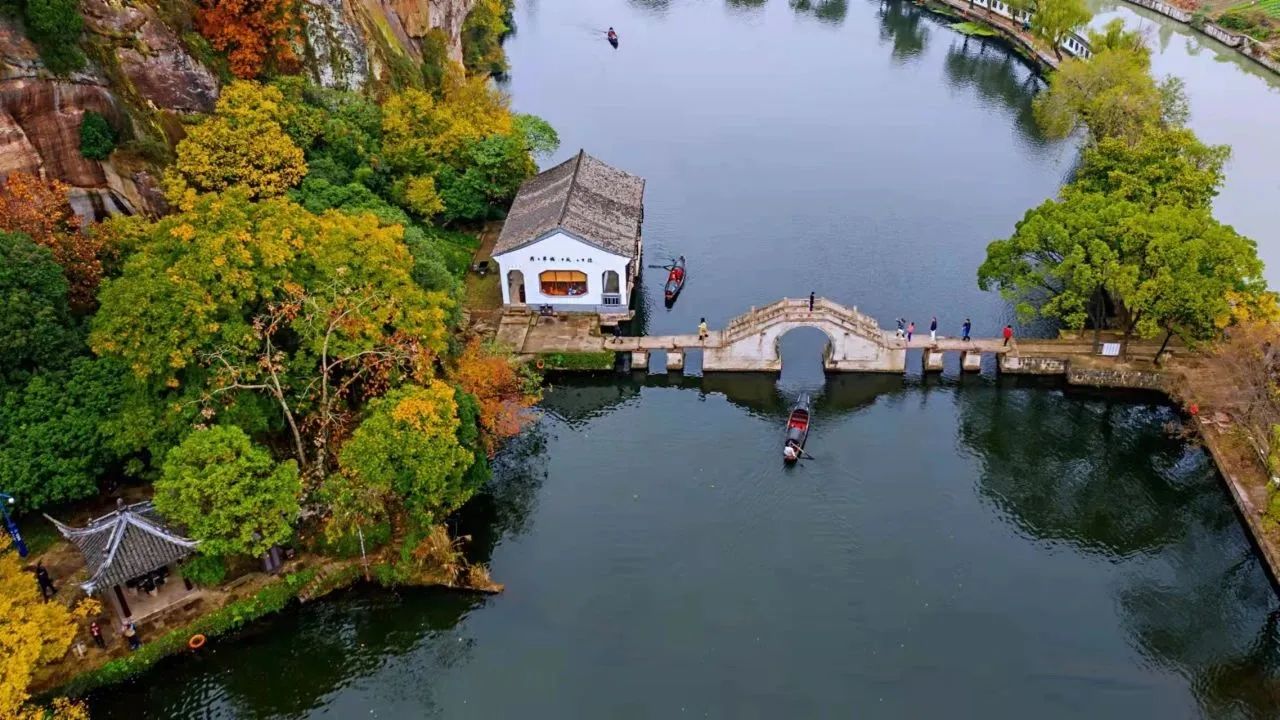
4. Keqiao Ancient Town
Introduction: Keqiao Ancient Town is a well-preserved historical town known for its traditional architecture and rich cultural heritage. It offers a glimpse into the life and culture of ancient Shaoxing.
Features: The town features ancient streets, traditional houses, and historical sites such as the Keqiao Bridge and the Old City Wall. It is also known for its vibrant local markets and traditional crafts.
Travel Tips: Spend a day exploring the town’s narrow streets and alleys. Don’t miss the local food stalls offering traditional Shaoxing delicacies.
Transportation: Keqiao Ancient Town is accessible by bus routes 6 and 7. Taxis and shared bikes are also convenient options.
5. Kuaiji Mountain
Introduction: Kuaiji Mountain is a scenic mountain range located in the southern part of Shaoxing. It is known for its beautiful landscapes, historical sites, and cultural significance.
Features: The mountain features lush forests, ancient temples, and scenic hiking trails. Key attractions include the Kuaiji Temple, the Stone Buddha, and the ancient rock carvings.
Travel Tips: Wear comfortable hiking shoes and bring plenty of water. The best time to visit is during spring or autumn when the weather is mild.
Transportation: Take bus route 10 to reach Kuaiji Mountain. Taxis are also a convenient option for reaching the mountain.
6. Lanting Pavilion
Introduction: Lanting Pavilion is a famous historical site known for its connection to the calligrapher Wang Xizhi. It is considered the birthplace of Chinese calligraphy and is surrounded by beautiful gardens and pavilions.
Features: The pavilion features traditional Chinese architecture, serene gardens, and historical inscriptions. Key attractions include the Lanting Pavilion, the Calligraphy Museum, and the Lanting Forest of Steles.
Travel Tips: Visit the pavilion early in the morning to avoid crowds. Take time to explore the Calligraphy Museum and learn about the history of Chinese calligraphy.
Transportation: Lanting Pavilion is accessible by bus route 3. Taxis and shared bikes are also convenient options.
7. Anchang Ancient Town
Introduction: Anchang Ancient Town is a well-preserved water town known for its traditional architecture and tranquil canals. It offers a glimpse into the life and culture of ancient Shaoxing.
Features: The town features ancient streets, traditional houses, and scenic canals. Key attractions include the Anchang Bridge, the Old City Wall, and the local markets.
Travel Tips: Spend a day exploring the town’s narrow streets and alleys. Don’t miss the local food stalls offering traditional Shaoxing delicacies.
Transportation: Anchang Ancient Town is accessible by bus routes 6 and 7. Taxis and shared bikes are also convenient options.
8. Orchid Pavilion
Introduction: The Orchid Pavilion is a famous historical site known for its connection to the calligrapher Wang Xizhi. It is considered the birthplace of Chinese calligraphy and is surrounded by beautiful gardens and pavilions.
Features: The pavilion features traditional Chinese architecture, serene gardens, and historical inscriptions. Key attractions include the Orchid Pavilion, the Calligraphy Museum, and the Orchid Pavilion Forest of Steles.
Travel Tips: Visit the pavilion early in the morning to avoid crowds. Take time to explore the Calligraphy Museum and learn about the history of Chinese calligraphy.
Transportation: The Orchid Pavilion is accessible by bus route 3. Taxis and shared bikes are also convenient options.
9. Jian Lake
Introduction: Jian Lake is a scenic lake located in the western part of Shaoxing. It is known for its beautiful landscapes, serene waters, and recreational activities.
Features: The lake is surrounded by lush greenery, rock formations, and traditional pavilions. Visitors can enjoy boat rides, scenic walks, and the tranquil atmosphere.
Travel Tips: Plan your visit during weekdays to avoid the weekend crowds. Bring a camera to capture the breathtaking scenery.
Transportation: Take bus route 1 to reach Jian Lake. The lake is also accessible by taxi or shared bike.
10. Cangqiao Straight Street
Introduction: Cangqiao Straight Street is a historic street in Shaoxing known for its traditional architecture and vibrant local culture. It offers a glimpse into the life and culture of ancient Shaoxing.
Features: The street features ancient houses, traditional shops, and historical sites such as the Cangqiao Bridge and the Old City Wall. It is also known for its vibrant local markets and traditional crafts.
Travel Tips: Spend a day exploring the street’s narrow alleys and shops. Don’t miss the local food stalls offering traditional Shaoxing delicacies.
Transportation: Cangqiao Straight Street is accessible by bus routes 6 and 7. Taxis and shared bikes are also convenient options.
These ten destinations offer a rich blend of history, culture, and natural beauty, making Shaoxing a fascinating place to explore.
